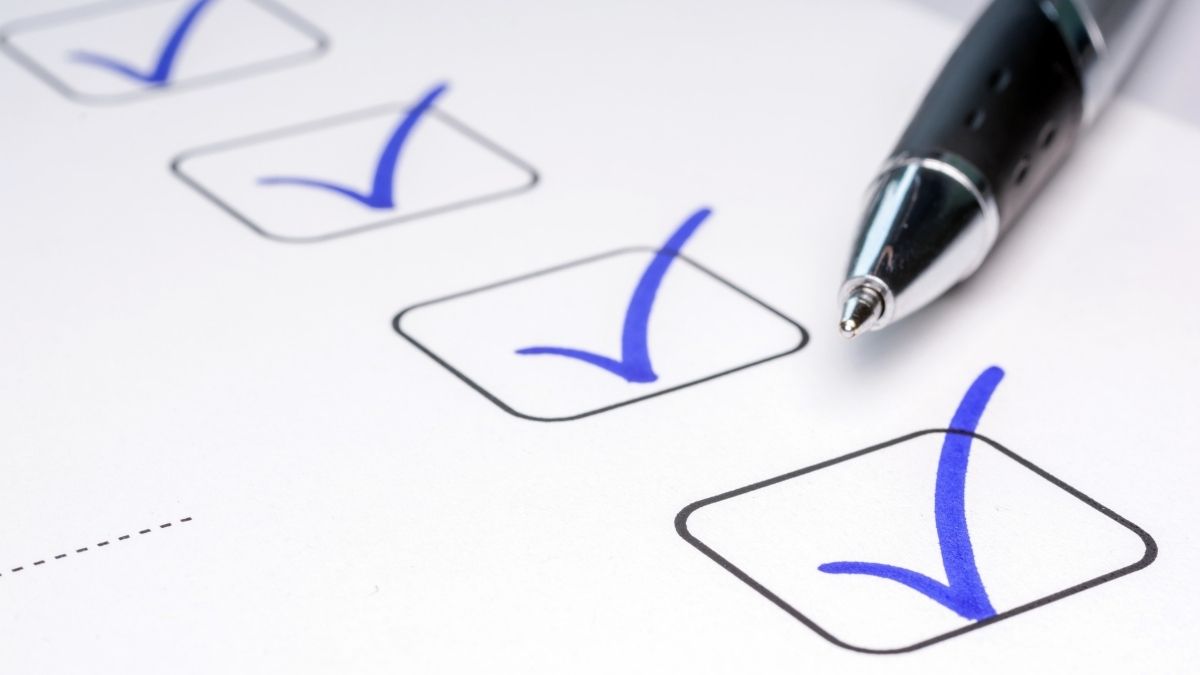Here at Carden IT Services, we’ve built and implemented disaster recovery and business continuity plans for both large and small companies, and although the details change depending on each of our customers’ specifics, there is a set of essentials that every disaster recovery plan needs.
Today, we’re going to cover the basic disaster recovery checklist. If your business is missing any of the items in this list, it’s probably a sign your DR plan isn’t up to scratch, and you might need some help from our team.
What Should A Disaster Recovery Plan Include?
-
- A Comprehensive Risk Assessment
In order to prepare for and recover from the risks a disaster poses to your business, you need to first know what those risks are. You need to conduct a thorough risk assessment of your business. This should include physical risks like your offices being in an area with a high chance of flooding, and it should also include digital risks like ransomware attacks.Once you are aware of the risks and their consequences for your business, you’ll be able to devise effective preventative and mitigation strategies to address them, as well as determine what solutions should be included in your disaster recovery plan. - Recovery Point Objective
This is the age of data you will require to continue your regular business operations. This will be different for each business, and some many even require multiple years’ worth of files. - Recovery Time Objective
This is the amount of time you will require to complete your disaster recovery plan. You could also think of this as the maximum amount of permitted downtime for your business. - A Hardware and Software Inventory and Detailed Network Diagram
Your inventory should include all essential hardware and software that your business needs to function. You should rank these in order of their importance so that you know what to prioritise and restore first in the event of a disaster. You should also make a network diagram which is easy to understand and can be used to reassemble your network at a second site, or in the cloud. - A Recovery Site/WFM Provisions
Traditionally, a recovery site would be a secondary premises where your team could work from after a disaster and where key hardware can be moved. However, as many organisations are now entirely cloud-based, a dedicated recovery site is not always required. It may be possible for your team to continue work from home during the disaster recovery process. - Key DR Roles For Your Personnel
Just as your workplace should have designated health and safety officers and fire marshals, you should also have specific roles for disaster recovery. When you work with a professional disaster recovery services provider like Carden IT, our team will take over many of the technical roles but there will always be some other roles that are best served by in-house team members such as having someone responsible for contacting your suppliers or customers and informing them of your recovery progress. - Know Your Compliance Obligations
Depending on your business, you may be subject to special laws and regulations related to how you handle your data. Your disaster recovery strategy should account for this and minimise the chances of being fined for failing to satisfy compliance requirements during a future recovery scenario. - Schedule Regular Disaster Recovery Testing
Just as you should regularly conduct fire drills, you should also test elements of your disaster recovery plan. If you are operating with a Disaster Recovery As A Service (DRaaS) plan many of the elements can be tested virtually with little or no disruption to your operations.
- A Comprehensive Risk Assessment
Get Professional Disaster Recovery Services From Carden IT
Disaster recovery is worth doing right. Like a fire extinguisher, it’s something you hope you’ll never have to use, but if you do, you want to know it will work. The companies that are most likely to survive a business disaster are those with professionally managed disaster recovery plans. Speak to our disaster recovery team today to learn more about how we can build you an effective and reliable disaster recovery plan.

